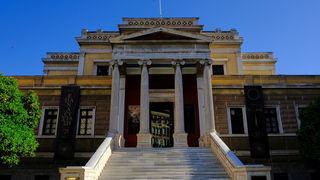ARTS & CULTURE ›
Programme for the Restoration and Promotion of Monuments in Ancient Epidaurus 2021
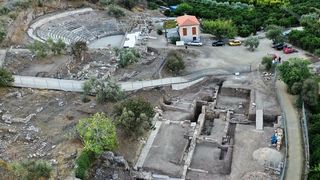
YEAR
2021
PROGRAMME
NPO ''ASCLEPIADES''GRANTS
ARTS & CULTURE
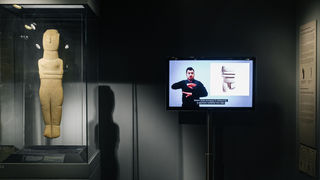
Creation of sign language video
Museum of Cycladic Art

Programme for the Restoration and Promotion of Monuments in Ancient Epidaurus 2021
NPO ''ASCLEPIADES''
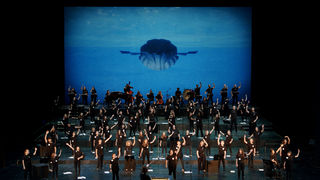
Interdisciplinary Educational Programme
Greek National Opera
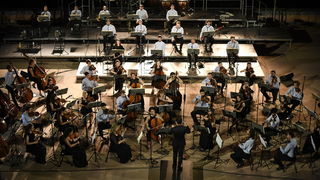
Musical Performances & Educational Activities
Greek Youth Symphony Orchestra
